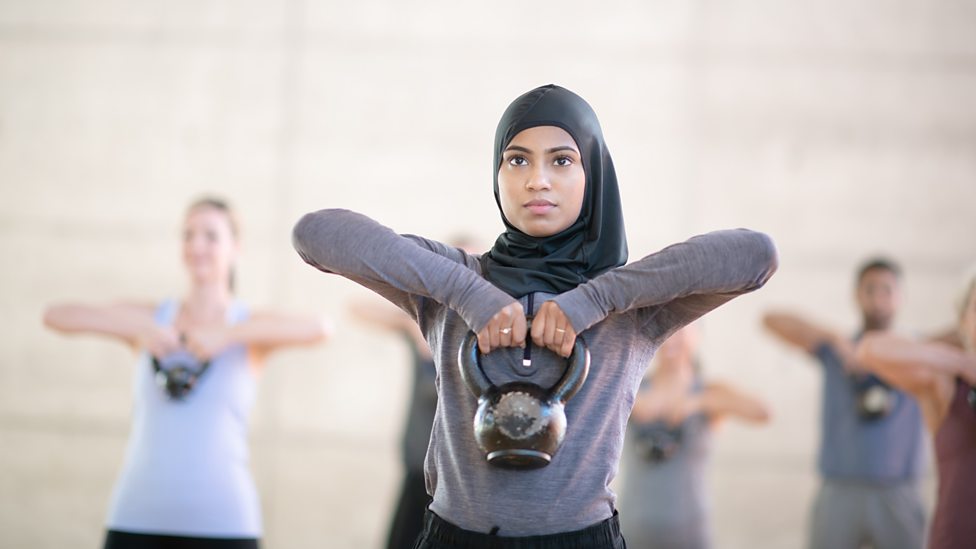Ramadan is a time of spiritual reflection, fasting, and devotion. However, maintaining fitness during this month is also essential for overall well-being. While fasting from dawn to dusk can make workouts challenging, with the right approach, you can stay active without overexerting yourself. Here’s how you can incorporate light workouts and gym sessions while fasting.
1. Best Time to Work Out During Ramadan
Finding the right time to exercise is crucial during Ramadan. The best times include:
- Before Suhoor (Pre-Dawn) – A short, light workout before the first meal of the day can help wake up your body and keep you energized.
- Before Iftar (Pre-Sunset) – Exercising an hour before breaking your fast allows you to replenish lost energy immediately after.
- After Iftar (Post-Breaking Fast) – This is the best time for moderate-intensity workouts as your body is refueled.
2. Types of Workouts to Focus On
Since fasting affects energy levels, it’s important to engage in workouts that are light yet effective:
- Low-Intensity Cardio – Walking, cycling, or light jogging for 20-30 minutes can keep you active without exhaustion.
- Bodyweight Exercises – Push-ups, squats, lunges, and planks are excellent for maintaining strength.
- Stretching & Yoga – Helps with flexibility, relaxation, and overall muscle recovery.
- Resistance Training – Light weights or resistance bands can be used for short, controlled movements to maintain muscle tone.
3. Nutrition Tips for Energy & Recovery
A well-balanced diet plays a key role in sustaining energy levels throughout the day.
- Suhoor: Opt for complex carbohydrates (oats, whole grains), protein (eggs, yogurt), and healthy fats (nuts, avocados) for lasting energy.
- Iftar: Break your fast with dates and water, followed by lean proteins (chicken, fish), fiber-rich foods (vegetables, lentils), and good fats (olive oil, nuts) to refuel your body.
- Hydration: Drink plenty of water between Iftar and Suhoor to stay hydrated.
4. Listen to Your Body
Fasting affects everyone differently, so it’s crucial to listen to your body. If you feel too weak or dizzy, avoid intense workouts and focus on rest and hydration.
5. Set Realistic Fitness Goals
Ramadan is not the time to aim for weight loss or muscle gain. Instead, focus on maintaining your fitness level, staying active, and preserving muscle tone with light exercises.
Final Thoughts
Staying fit during Ramadan is all about balance. Choose the right workout timing, focus on light exercises, and nourish your body with the right foods. By listening to your body and making smart fitness choices, you can maintain your health while observing this sacred month.
Stay active, stay healthy, and have a blessed Ramadan!



